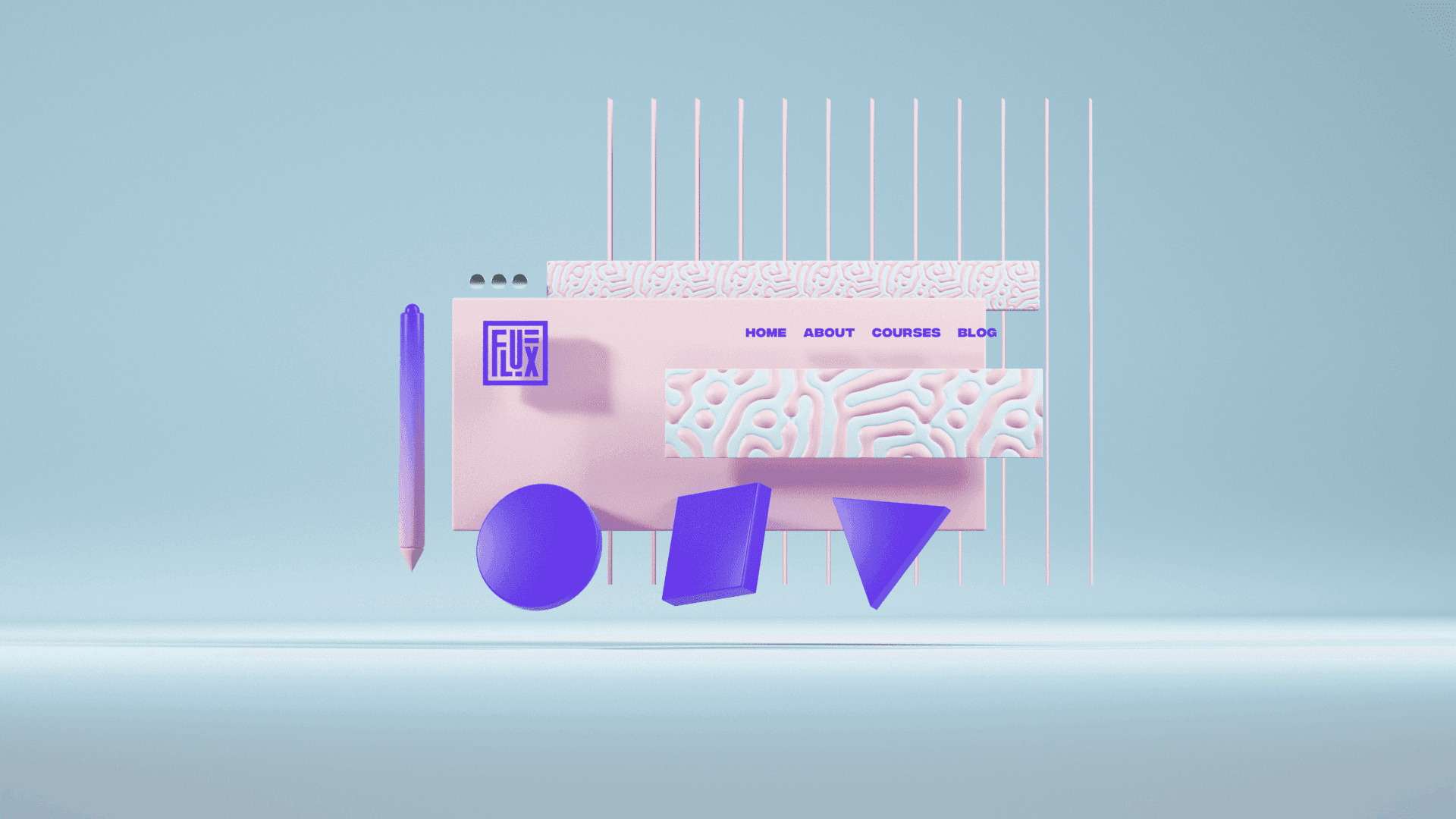Mar 11, 2024
Branding & Strategy
Evolution of Logos: A Storied Journey Through Design History

In the dynamic world of branding, logos stand as iconic symbols of identity, transcending mere visual elements to become powerful representations of a brand's essence. Let's embark on a captivating journey through the history of logo design, tracing its evolution from humble beginnings to the sophisticated art form it is today.
1. Birth of Logos: Ancient Roots The origins of logos can be traced back to ancient civilizations, where symbols and emblems were used to represent families, trades, or religious affiliations. These rudimentary marks paved the way for the concept of visual identity.
2. Renaissance and the Rise of Monograms Fast forward to the Renaissance era, where monograms gained prominence. Artisans and craftsmen began incorporating their initials into their work, a precursor to the personalized and stylized logos we see today.
3. Industrial Revolution: The Birth of Corporate Identity The Industrial Revolution brought about a shift in commerce, and with it, the need for distinguishable branding. Companies adopted logos to establish recognition, a trend that gained momentum with the advent of mass production.
4. Golden Age of Advertising: Logo Boom The mid-20th century marked the Golden Age of Advertising, a period characterized by the explosion of logos. As businesses vied for consumer attention, logos became central to brand communication, taking on intricate designs and memorable taglines.
5. Digital Revolution: Logos in the Digital Age With the onset of the digital era, logos underwent a transformative phase. Simplicity and scalability became key, considering their application across various digital platforms. Think of the timeless Apple logo or the iconic Nike swoosh.
6. Beyond Aesthetics: Logos as Brand Storytellers Modern logos transcend mere visual appeal; they narrate a brand's story. Logos like Coca-Cola and McDonald's have become synonymous with the global narratives of joy and convenience, showcasing the power of a well-crafted symbol.
7. Responsive Design: Logos in a Multichannel World In today's multichannel landscape, logos need to be responsive and adaptable. From social media avatars to mobile apps, a logo must seamlessly fit into various contexts while maintaining brand integrity.
8. The Future: Dynamic and Interactive Logos Looking ahead, the future of logo design is set to embrace dynamism and interactivity. Animated logos and those with responsive elements will continue to push the boundaries of creativity, engaging audiences in new and exciting ways.
In conclusion, the history of logo design is a rich tapestry woven with innovation, necessity, and artistic evolution. From ancient symbols to digital marvels, logos have evolved into powerful tools that encapsulate the very essence of a brand. As we continue to witness the ever-changing landscape of design, one thing remains certain: the story of logos is far from reaching its final chapter.
More news

